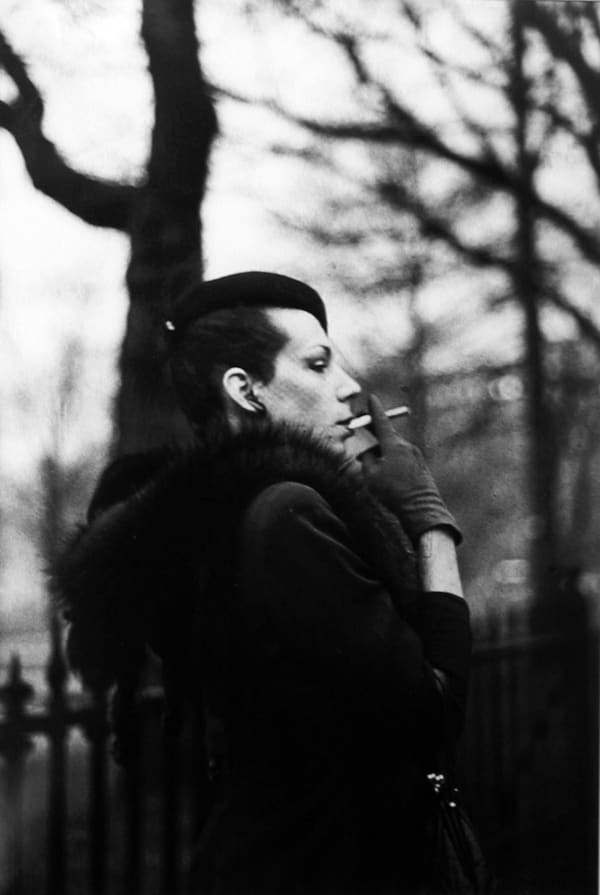Nan Goldin
Nan Goldin is an example of an artist who works at the most intimate level. Rarely working from natural light, Goldin illuminates her subjects with careful use of flash that extenuates her vibrant colors. She achieves bright, deep hues by printing her 35 mm film with a photographic process called Cibachrome. This process allows the photographer to achieve optimum colors and contributes greatly to the sharp, bright quality of color in Goldin's prints.
Her first serious body of work culminated in an exhibition in 1973, of black-and-white photographs of her friends in the transvestite community of Boston. Goldin was awarded an BFA from the School of the Museum of Fine Arts, Boston in 1977/1978. Following graduation, Goldin moved to New York City. She began documenting the post-punk new-wave music scene, along with the city's vibrant, post-Stonewall gay subculture of the late 1970s and early 1980s. She was drawn especially to the Bowery's hard-drug subculture.
Nan Goldin was born in 1953 in Washington, D.C. She grew up in the suburban Boston community of Lexington, Massachusetts. After attending the Satya Community School in Boston, she began to concentrate on her photography.
-

Between Life and Light
45th Anniversary Photography Show 2 Nov 2024 - 24 May 2025The University of Toronto is honouring Jane Corkin with an Honorary Doctorate of Laws in recognition of her excellence in the arts as a visionary gallerist, pioneering interpreter of photography...Read more -

Desire
30 Mar - 21 Apr 2018Group exhibition exploring themes of intimacy, fetish, gender and sexuality.Read more





